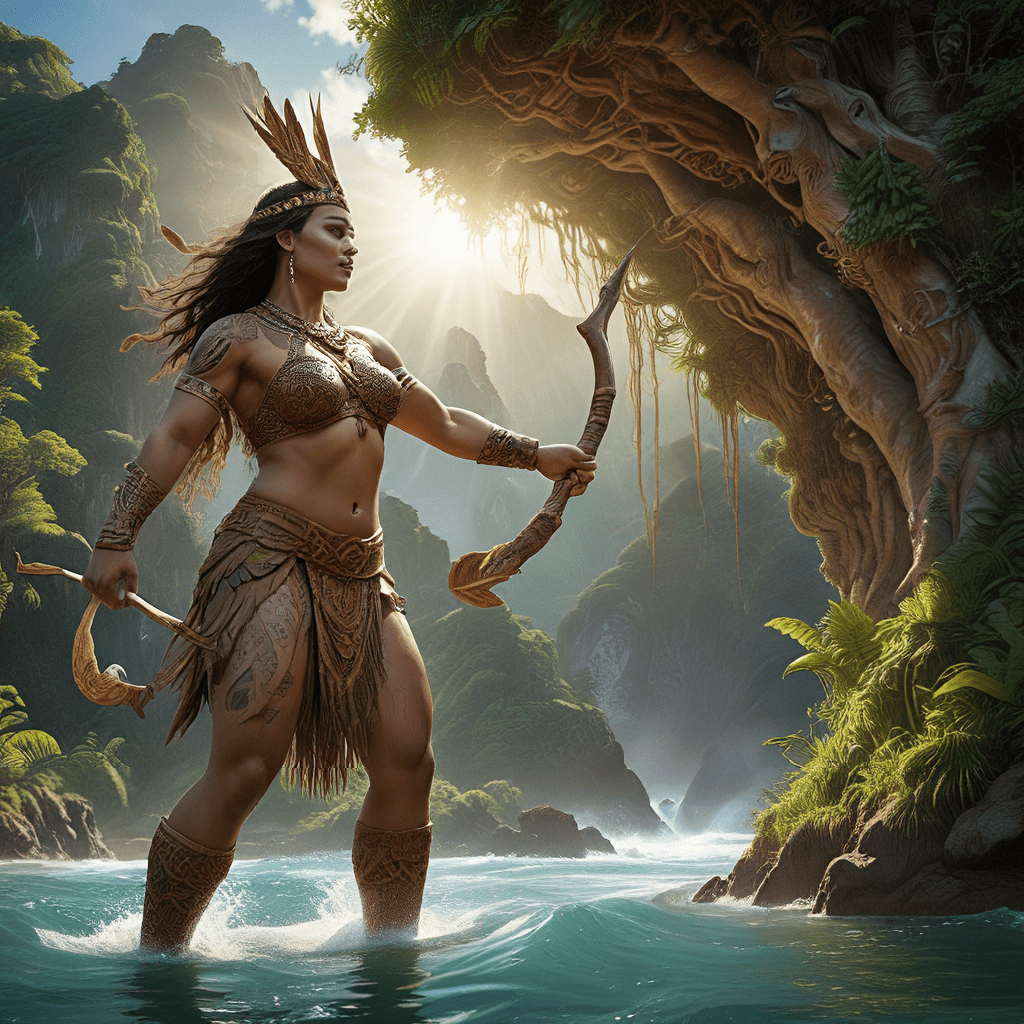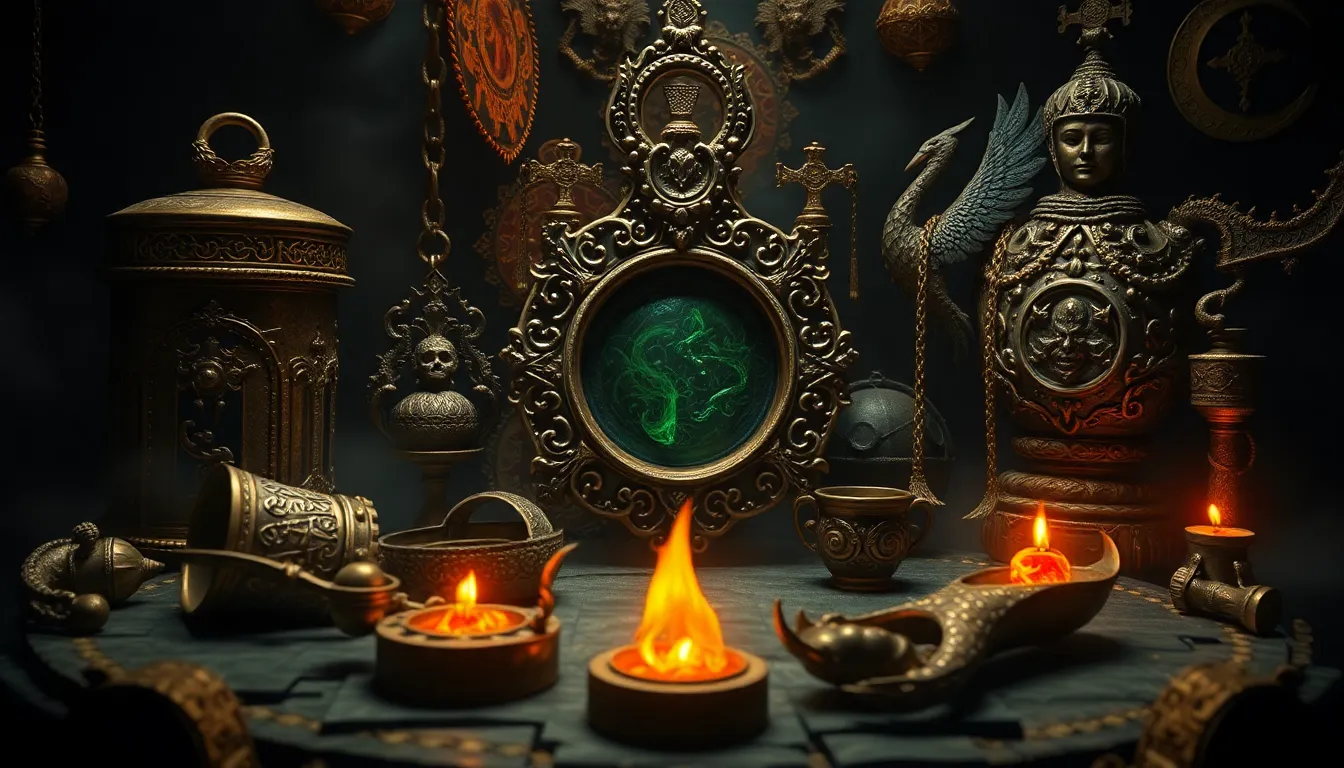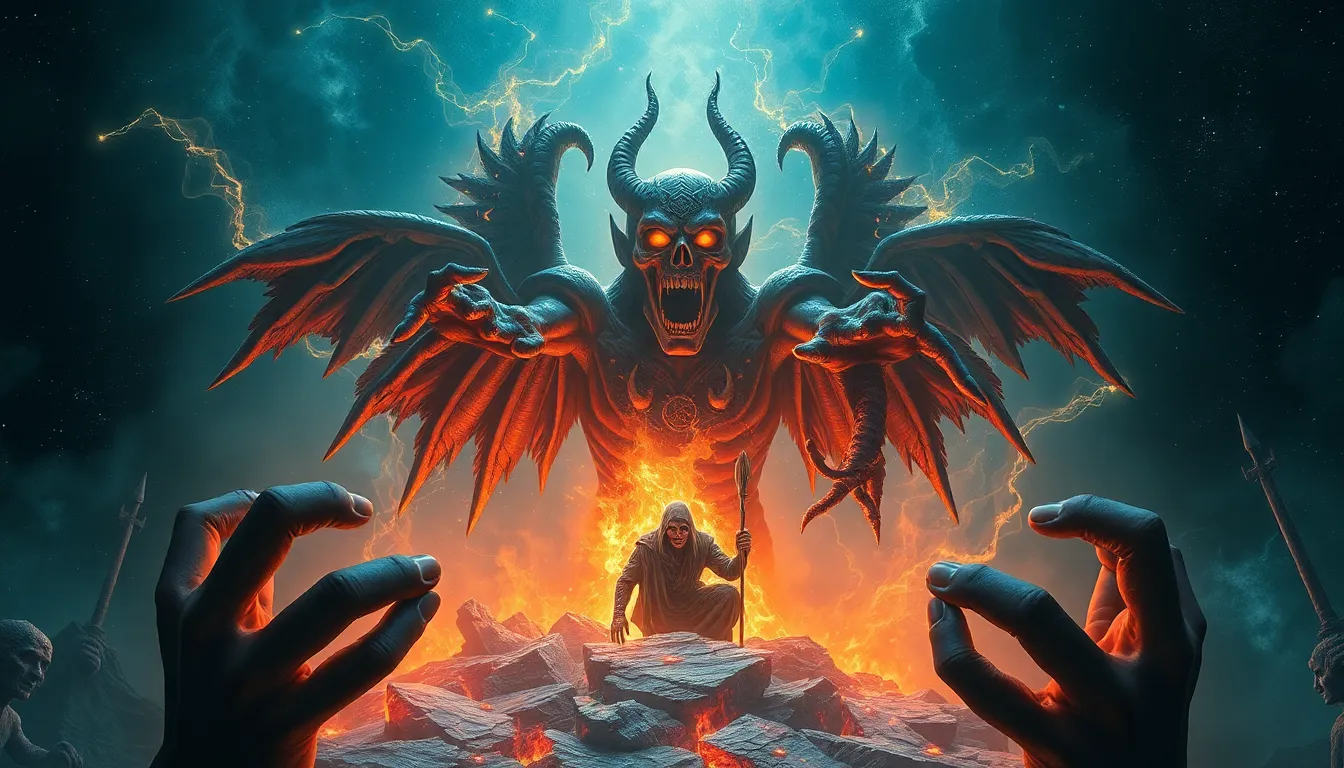The Genesis of Aotearoa: Introducing Maori Cosmology
The mythical origins of Aotearoa, the Maori name for New Zealand, are woven into a rich tapestry of stories known as Maori mythology. This ancient cosmology, passed down through generations through oral tradition, provides a profound understanding of the world and its inhabitants. It's a vibrant and intricate system of beliefs that explains the creation of the universe, the birth of the islands, and the arrival of the first people. Unlike Western mythology, where gods are often depicted as powerful beings who intervene in human affairs, Maori mythology is more holistic, encompassing the natural world, the spiritual realm, and the interconnectedness of all things.
Within Maori mythology, the universe is perceived as a living, breathing entity, where every element, from the smallest insect to the vast expanse of the sky, holds sacred significance. This interconnectedness forms the foundation of Maori cultural values, emphasizing respect for the environment, community, and ancestral heritage.
Maori mythology is not simply a collection of stories; it's a living tradition that shapes the identity, values, and cultural practices of the Maori people. It serves as a guide for navigating the complexities of life, providing answers to existential questions, and fostering a deep connection to the land and its ancestors.
From the Void to Existence: The Creation of the Universe
In the beginning, according to Maori mythology, there was only Te Kore, an absolute void, a state of nothingness. This was a time before time, before space, before any form of existence. Then, from Te Kore, emerged Te Po, the realm of darkness and the night. Here, within the darkness, were the seeds of creation, the potential for all things to come.
From Te Po emerged Rangi, the sky father, and Papa, the earth mother. Rangi and Papa were inseparable, locked in an embrace, their bodies intertwined. They were the universe, the source of all life, and for a time, they were content in their unity. However, within their embrace, darkness lingered, and the potential for life remained dormant.
This union, however, created an environment that prevented light and life from reaching the world. Inside Rangi and Papa's embrace, their children, the gods, known as the atua, were born. These gods, representing various natural forces and elements, grew within the darkness, yearning for light and space.
The First Ancestors: The Journey of Rangi and Papa
Rangi and Papa, the sky father and earth mother, were the first ancestors of the Maori people. Their journey, from unity to separation, is a powerful metaphor for the creation of the world and the evolution of humanity. Rangi represented the vastness of the sky, the source of rain and nourishment, while Papa represented the earth, the provider of sustenance and stability.
Their love was deep, but their union, while beautiful, was also stifling. The children of Rangi and Papa, the gods, grew in the darkness, yearning for space and light. The atua, trapped within the confines of their parents' embrace, began to conspire to separate their parents, to bring light and life to the world.
This separation, a pivotal moment in Maori mythology, was not a violent act but a necessary one. It was a sacrifice made by the gods for the greater good, a testament to the interconnectedness of all things, and the power of transformation.
The Separation of Earth and Sky: The Birth of the Gods
The atua, the children of Rangi and Papa, longed for a world where they could thrive, where light could penetrate the darkness, and where life could flourish. They conspired to separate their parents, to create space, to bring forth the world as we know it.
The separation was a tumultuous event, filled with struggle and sacrifice. Tane, the god of forests and birds, was the most determined of the gods, driven by a longing for a world where his trees could grow tall and strong, where birds could soar freely through the sky.
Using his immense strength, Tane pushed Rangi and Papa apart, allowing light to flood the world. The separation, however, was not without consequence. Tane’s brother, Tawhirimatea, the god of wind and storms, was furious at his father's separation from his mother. He vowed to wreak havoc upon the world, unleashing storms and hurricanes that would forever remind the gods of the consequences of their actions.
The Birth of the Islands: Te Kore, Te Po, and Te Ao Marama
The separation of the sky and the earth marked the birth of Te Ao Marama, the world of light. This new world, however, was still formless, a chaotic expanse of land and water. The atua, now free to roam the world, began shaping the landscape, carving out valleys, creating mountains, and shaping the land into the forms we see today.
From the primordial darkness of Te Po, the islands of New Zealand, Aotearoa, were born. The myth of the creation of the islands is often attributed to the god Maui, a legendary hero, who, using his magical fishhook, pulled the islands up from the depths of the ocean.
This act of creation is more than just a physical manifestation; it represents the transformative power of the gods and the interconnectedness of the natural world. The myths of the creation of the islands are not simply stories but are a reminder of the deep connection between the Maori people and the land they inhabit.
The Role of the Gods: Shaping the Land and its People
The gods, the atua, were not content with merely creating the world. They actively shaped the land and its people, influencing the natural world and guiding the development of Maori culture. Each god held a unique domain, reflecting their influence on the land and the lives of the Maori people.
Tane, the god of forests and birds, was responsible for the abundance of trees and the vibrant birdlife that filled the forests. His influence extended beyond the physical realm; he also cultivated the spirit of the forest, fostering a sense of reverence and respect for the natural world.
Rongo, the god of agriculture, taught the Maori people how to cultivate the land, to grow crops, and to harvest the bounty of the earth. He was associated with peace, prosperity, and the abundance of nature.
Tangaroa, the god of the sea, ruled over the vast oceans that surround New Zealand. He provided the Maori people with sustenance, guiding their fishing expeditions and protecting them from the dangers of the seas.
These gods, along with others, played an active role in the lives of the Maori people. They were not simply mythical figures but were seen as living forces, guiding, protecting, and influencing their lives in countless ways.
The Legends of Maui: The Hero who Fished Up the Islands
Maui, a legendary hero and trickster god, is a central figure in Maori mythology. He is celebrated for his extraordinary feats of strength, intelligence, and cunning. Known for his ability to manipulate the laws of nature, Maui’s adventures demonstrate the power of human ingenuity, courage, and resilience.
One of Maui's most famous exploits is the story of how he fished up the islands of New Zealand, a feat that transformed the landscape and shaped the destiny of the Maori people. Using a magical fishhook, Maui ventured into the depths of the ocean and, with immense effort, hauled up the islands from beneath the waves, creating the land we know today.
The myth of Maui is more than just a fantastical story. It represents the connection between the Maori people and their land, highlighting their ingenuity and ability to overcome challenges. Maui’s journey is a metaphor for the challenges faced by the Maori people, their resilience, and their ability to carve a life from the land.
The Tangata Whenua: The Arrival of the First People
The Maori people believe they are the "tangata whenua", the people of the land. According to Maori tradition, their ancestors first arrived in New Zealand, Aotearoa, from Hawaiki, a mythical Polynesian homeland.
The voyages of the ancestors, spanning vast distances across the Pacific Ocean, are a testament to the extraordinary seafaring skills and navigational expertise of the Maori people. These voyages were not simply journeys; they were journeys of exploration, discovery, and colonization.
The arrival of the tangata whenua in New Zealand marked the beginning of a new chapter in the story of the islands, establishing a deep and enduring connection between the Maori people and their homeland. The stories of their arrival are woven into the fabric of Maori culture, shaping their identity, their values, and their relationship with the land.
The Oral Tradition: Passing Down the Myths Through Generations
Maori myths and legends were not written down; they were passed down through generations through the power of oral tradition. These stories were woven into the fabric of daily life, told and retold in homes, around campfires, and at gatherings.
Each telling of the myths and legends was a dynamic and fluid process, with generations adapting, interpreting, and enriching the stories, ensuring their relevance and meaning across the passage of time. This oral tradition was vital to the preservation of Maori culture, ensuring the continuity of knowledge, values, and history.
The oral tradition was not simply a way of preserving stories; it was a way of connecting the generations, forging a sense of shared history and cultural identity. It was a way of ensuring that the wisdom and traditions of the ancestors lived on, guiding the Maori people through the challenges and complexities of life.
Exploring the Significance: The Enduring Legacy of Maori Mythology
Maori mythology is not simply a collection of stories. It is a vibrant and intricate system of beliefs that provides a profound understanding of the world and its inhabitants. It shapes the identity, values, and cultural practices of the Maori people, guiding their relationship with the land, with each other, and with the natural world.
These myths serve as a guide for navigating the complexities of life, providing answers to existential questions, and fostering a deep connection to the land and its ancestors. They offer a rich tapestry of stories, revealing the wisdom, ingenuity, and resilience of the Maori people.
The enduring legacy of Maori mythology is its ability to connect generations, to inspire and guide, and to remind us of the importance of preserving the traditions of our ancestors. As we explore the world of Maori mythology, we gain a deeper appreciation for the rich and diverse tapestry of human stories and for the profound wisdom that lies at the heart of these ancient traditions.
FAQ
Q: Why do Maori people have such strong connection to the land?
A: Maori mythology emphasizes a deep connection between the people and the land. The creation stories explain how the ancestors created the land and how the people are inherently connected to it.
Q: What is the significance of the separation of Rangi and Papa?
A: The separation of Rangi and Papa is a crucial event in Maori mythology. It represents the creation of the world of light, allowing life to flourish and the gods to thrive.
Q: What are some of the key values and beliefs reflected in Maori mythology?
A: Maori mythology emphasizes respect for nature, community, and ancestral heritage. It reflects a holistic understanding of the universe and the interconnectedness of all things.
Q: How do Maori myths continue to influence modern Maori culture?
A: Maori myths continue to shape cultural practices, art, language, and social structures. They inform traditional customs, ceremonies, and provide a framework for understanding the world.
Q: Why is the oral tradition so important in Maori culture?
A: The oral tradition ensures the preservation of Maori history, values, and knowledge through generations. It fosters a sense of shared history and cultural identity.



